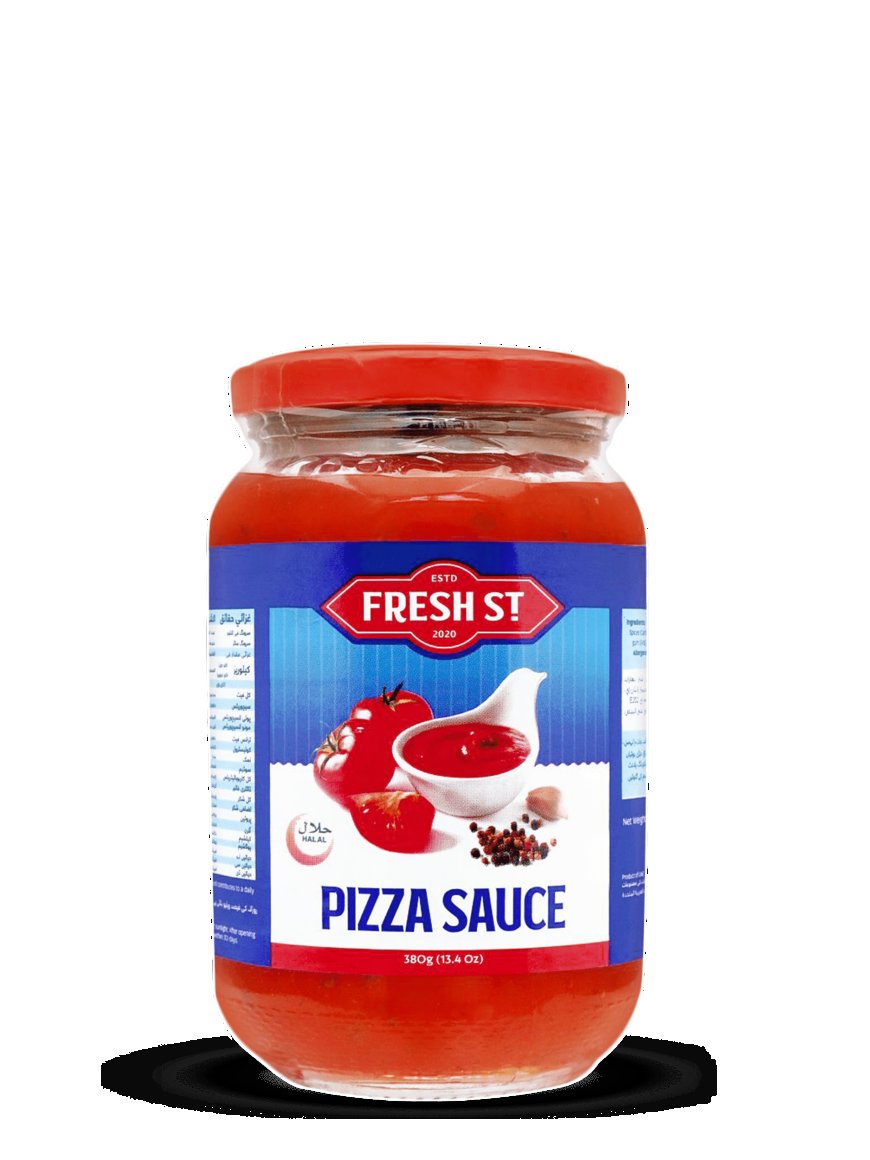Understanding Pizza Sauce Prices Factors and Trends
This article delves into the elements that influence pizza sauce prices, providing a comprehensive overview for consumers and culinary enthusiasts alike.
Introduction:
Pizza, one of the most beloved and versatile dishes worldwide, owes much of its deliciousness to its sauce. The price of pizza sauce prices widely based on several factors, including ingredients, brand, production methods, and market trends. This article delves into the elements that influence pizza sauce prices, providing a comprehensive overview for consumers and culinary enthusiasts alike.
The Role of Ingredients
The ingredients used in pizza sauce play a crucial role in determining its price. High-quality tomatoes, often the base of any good pizza sauce, are essential. Organic tomatoes, free from pesticides and genetically modified organisms (GMOs), are typically more expensive than conventionally grown ones. This price difference is due to the higher costs associated with organic farming practices.
In addition to tomatoes, other ingredients such as olive oil, garlic, onions, herbs, and spices contribute to the overall cost. Extra virgin olive oil, known for its superior taste and health benefits, can significantly increase the price of the sauce. Fresh herbs and spices, sourced from reputable suppliers, also add to the cost compared to their dried or lower-quality counterparts.
Brand Influence
The brand name associated with a pizza sauce can greatly affect its price. Established brands with a reputation for quality often charge more for their products. These brands invest in marketing, quality control, and research and development to maintain their standing in the market. As a result, their sauces are perceived as premium products, justifying a higher price point.
On the other hand, generic or store brands usually offer more affordable options. These sauces may not have the same level of brand recognition or perceived quality but can still provide a satisfactory taste. Consumers looking for cost-effective choices often turn to these alternatives.
Production Methods
The methods used to produce pizza sauce also impact its price. Artisanal sauces, made in small batches with traditional techniques, often carry a premium price tag. These sauces emphasize quality, flavor, and authenticity, appealing to gourmet enthusiasts and food connoisseurs.
Mass-produced sauces, which utilize automated processes to ensure consistency and efficiency, are generally less expensive. These products benefit from economies of scale, allowing manufacturers to offer them at lower prices. However, some consumers may perceive these sauces as lacking the unique, handcrafted quality of artisanal varieties.
Packaging and Distribution
Packaging plays a significant role in the cost of pizza sauce. Glass jars, which are often associated with higher-quality products, are more expensive than plastic or metal containers. The choice of packaging not only affects the price but also influences consumer perception. Premium sauces typically come in glass jars, while more budget-friendly options use plastic or cans.
Distribution costs also contribute to the final price. Local sauces, produced and sold within a specific region, may have lower distribution costs compared to those shipped nationwide or internationally. The distance traveled and the logistics involved in getting the product to the consumer can add to the overall price.
Market Trends and Demand
Consumer preferences and market trends heavily influence pizza sauce prices. An increasing demand for organic and natural products has led to higher prices for sauces that meet these criteria. Health-conscious consumers are willing to pay more for sauces made with organic ingredients, free from artificial preservatives, and lower in sodium and sugar.
Similarly, the growing interest in gourmet and specialty foods has driven up the prices of premium pizza sauces. Unique flavors, such as roasted garlic, truffle, or sun-dried tomato, command higher prices due to their distinctive taste and the specialized ingredients required.
Seasonal Variations
The availability and cost of raw ingredients can fluctuate with the seasons, impacting the price of pizza sauce. Tomatoes, the primary ingredient, are subject to seasonal variations in yield and quality. During peak growing seasons, when tomatoes are abundant, prices may be lower. Conversely, during off-peak times, the scarcity of fresh tomatoes can lead to higher prices.
Economic Factors
Broader economic factors, such as inflation, currency exchange rates, and supply chain disruptions, also affect pizza sauce prices. Inflation can lead to increased costs for ingredients, packaging, and transportation, all of which contribute to the final price. Currency fluctuations can impact the cost of imported ingredients, leading to price adjustments in the local market.
Supply chain disruptions, as seen during the COVID-19 pandemic, can create shortages and drive up prices. Delays in transportation, labor shortages, and increased demand for certain products have all played a role in recent price hikes for many food items, including pizza sauce.
Price Range and Consumer Choices
The price of pizza sauce can vary significantly based on the factors discussed above. In general, consumers can expect to pay anywhere from $1 to $10 for a jar of pizza sauce, depending on the brand, ingredients, and packaging.
Budget Options:
Generic and store brands offer pizza sauces at the lower end of the price spectrum. These products typically cost between $1 and $3 per jar and provide a basic, no-frills option for consumers.
Mid-Range Options:
Well-known national brands fall into the mid-range category, with prices ranging from $3 to $6 per jar. These sauces often balance quality and affordability, making them a popular choice for many households.
Premium Options:
Artisanal and specialty sauces, which emphasize high-quality ingredients and unique flavors, are priced at the higher end. These products can cost between $6 and $10 or more per jar, catering to consumers willing to pay a premium for a gourmet experience.
Conclusion
Understanding the factors that influence pizza sauce prices can help consumers make informed purchasing decisions. Whether you're looking for a budget-friendly option for a quick weeknight dinner or a premium sauce for a gourmet pizza night, the market offers a range of choices to suit different tastes and budgets.













